Increase for the UK's most threatened bird
The bittern, one of the UK's most threatened bird species, has had a year of record-high numbers
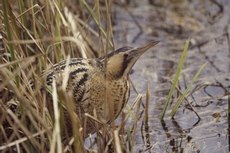

Research by Natural England and the RSPB reveals that the bittern, one of the UK's most threatened birds, has enjoyed its best-ever year for at least 120 years. It's one of 52 species of bird on the Red List of Birds of Conservation Concern.
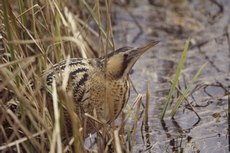
The 2009 survey found that the number of calling male bitterns had increased from 75 last year (also a record year) to a record minimum of 82 this year. The number of wetland sites with booming males across the UK has also increased from 41 to 43. The most popular sites are at the Suffolk coast, with 28 booming males, the Norfolk Broads, with 19, and the Fens, with 12.
The bittern, which is a relative of the grey heron, is confined to tracts of reedbed, mainly in East Anglia, northern England and, more recently, the Somerset Levels and Moors.
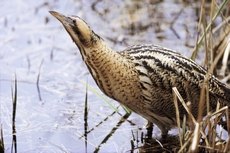
Dr Tom Tew, chief scientist for Natural England, said: ‘Extinct by 1886, the bittern only returned in the early 20th century, coming near to extinction again in the mid 1990s.
‘Since then, concerted efforts by the conservation community to restore dry reedbeds and create new areas of wet reedbed have paid dividends.
‘We look forward to future booms in numbers as we realise our joint Wetland Vision project, which, with £6 million of funding from Natural England, has begun to create extensive areas of new wetlands.'
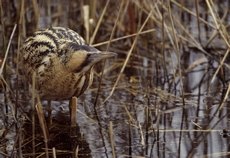
Dr Mark Avery, the RSPB's conservation director, said: ‘When we feared the bittern would hit the buffers again, the conservation community rallied to its cause. We didn't believe, at the time, that we'd see the bittern population bounce back to record levels in just 12 years.'
Exquisite houses, the beauty of Nature, and how to get the most from your life, straight to your inbox.
The bittern, a protected species in Europe, has been subject to two EU LIFE projects, funded by the European Commission, since 1997. The funding allowed bittern habitat to be created at a number of sites across England and Wales, including Ham Wall in Somerset and Lakenheath Fen nature reserve in the East Anglian Fens.
At two coastal National Nature Reserves, managed by Natural England, bitterns have recently nested again for the first time since coastal floods two years ago affected their nesting areas.
To comment on this article, use the comment box below, or email us at clonews@ipcmedia.com. Read more about the countryside
For more news stories like this every week subscribe and save
Country Life is unlike any other magazine: the only glossy weekly on the newsstand and the only magazine that has been guest-edited by His Majesty The King not once, but twice. It is a celebration of modern rural life and all its diverse joys and pleasures — that was first published in Queen Victoria's Diamond Jubilee year. Our eclectic mixture of witty and informative content — from the most up-to-date property news and commentary and a coveted glimpse inside some of the UK's best houses and gardens, to gardening, the arts and interior design, written by experts in their field — still cannot be found in print or online, anywhere else.
-
 ‘We were off again in a cloud of dust, on the trail of a tiger we eventually ended up making eye contact with’: The art of the Indian safari
‘We were off again in a cloud of dust, on the trail of a tiger we eventually ended up making eye contact with’: The art of the Indian safariAn Indian safari is a ‘is a study in patience and intuition’, but that’s no bad thing, says Richard MacKichan.
-
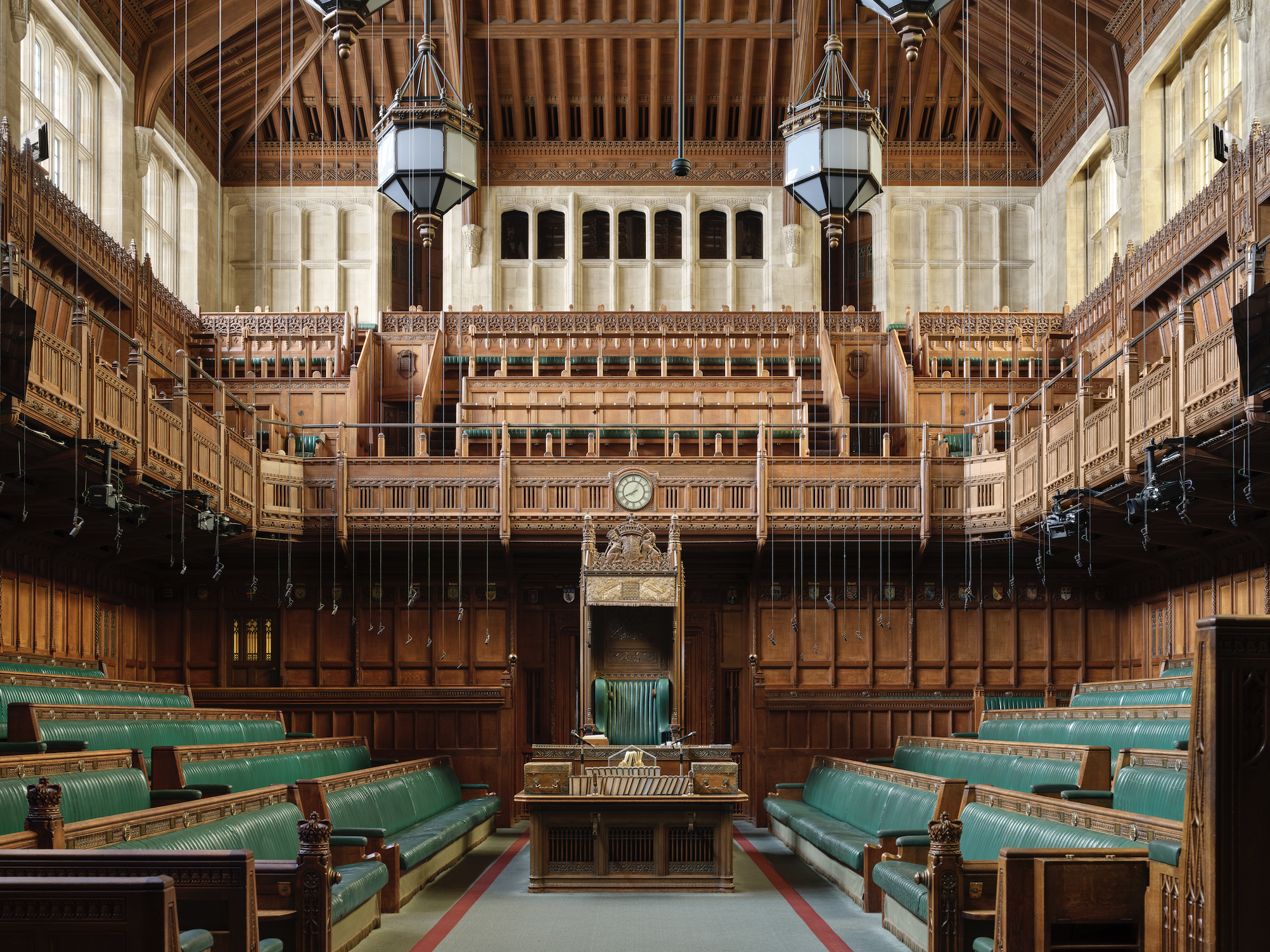 We wanna build like common people: The 75th anniversary of the House of Commons' reopening
We wanna build like common people: The 75th anniversary of the House of Commons' reopeningThis year marks the 75th anniversary of the reopening of the House of Commons following the destruction of its predecessor in 1941 during the Blitz. John Goodall reports.
